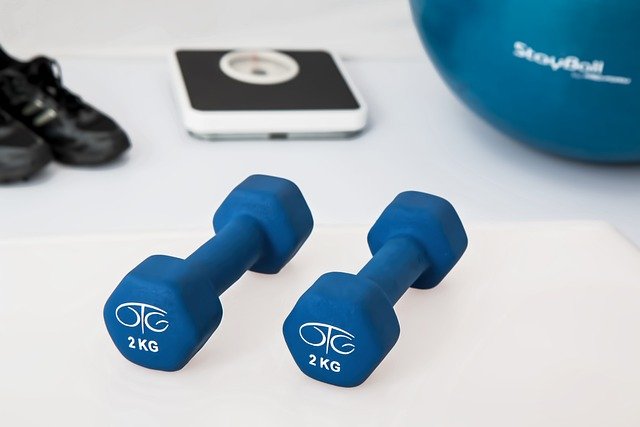Redefining Speed: A Deeper Look at Dual Clutch Transmissions
A new dawn is upon us in the automotive world, and it is not solely about electric and autonomous vehicles. Some truly innovative technology is quietly revolutionizing the way we drive, without many even realizing it. Welcome to the world of dual-clutch transmissions, a remarkable leap forward in the quest for speed and efficiency.

The Genesis of Dual Clutch Transmissions
The dual-clutch transmission (DCT) is not a new concept, with roots tracing back to the early 20th century. This innovation came to life as an answer to the limitations of single-clutch transmissions, which disconnect the engine from the transmission during gear changes, leading to a momentary loss of power. The DCT, on the other hand, uses two separate clutches for even and odd gears, allowing seamless gear changes without power interruption. The technology was initially adopted in motorsports, where every fraction of a second counts, before it gradually made its way into commercial vehicles.
The Current Landscape of DCTs
Today, the DCT is gaining traction across the automotive industry, with manufacturers from Volkswagen to Ferrari embracing this technology. Thanks to its ability to deliver rapid gear changes and improved fuel efficiency, DCTs are lending a new level of performance to a wide range of vehicles. However, the adoption of DCTs is not without its challenges. The complex design of these transmissions can lead to higher manufacturing costs and potential reliability issues.
The Impact of DCTs on the Driving Experience
With its rapid and seamless gear changes, a DCT can transform the driving experience. The technology allows for quicker acceleration and smoother driving, particularly in stop-and-go traffic. The DCT also offers drivers the flexibility to choose between automatic and manual modes, adding another layer of engagement to the driving experience. However, the technology’s complexity can sometimes lead to a less predictable driving response compared to traditional manual transmissions.
The Pros and Cons of Dual Clutch Transmissions
While the benefits of DCTs are evident, they are not without their downsides. The technology’s complexity can lead to potential reliability issues and higher repair costs. Additionally, some drivers may find the DCT’s driving response less predictable and less engaging than a traditional manual transmission. However, for those seeking a blend of performance and convenience, the DCT offers an intriguing proposition.
The Future of Dual Clutch Transmissions
Despite its challenges, the future looks bright for DCT technology. As more manufacturers adopt this technology, costs are likely to decrease, making DCTs a more accessible option for a broader range of vehicles. Furthermore, as the technology continues to evolve, we can expect to see improvements in reliability and overall driving experience.
In conclusion, the dual-clutch transmission represents a significant leap forward in automotive technology, redefining our understanding of speed and efficiency. Despite the challenges, it’s clear that this innovative technology is here to stay, promising to shape the future of driving in exciting and unpredictable ways.





